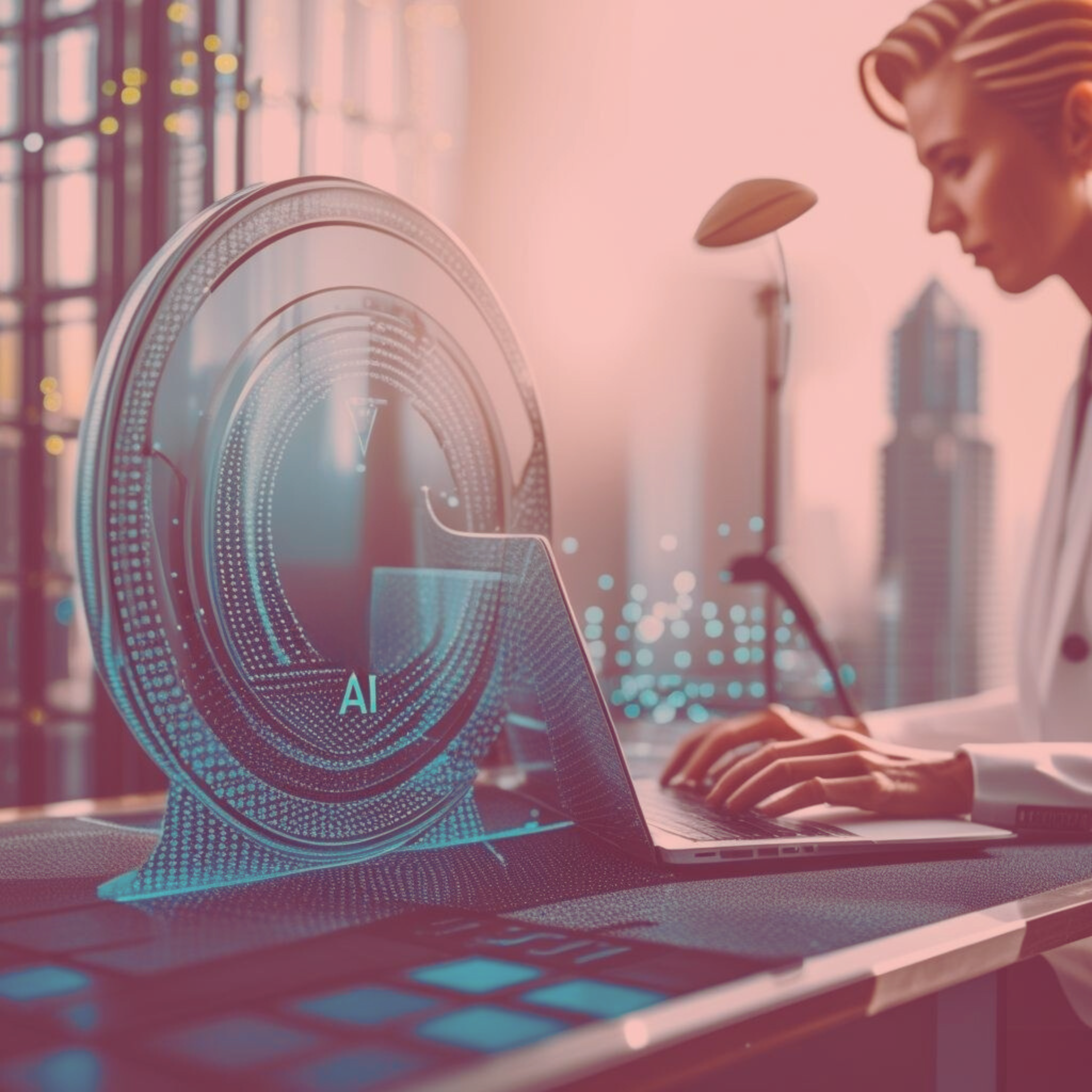
I. Introduction
The United States Copyright Office (“USCO”) released in May 2025 a “pre-publication version” of Part 3 of its Report on Copyright and Artificial Intelligence, which zeroes in on fair use — a concept central to the legality of the “input” used to train generative AI[1]. This development is significant, as it represents the USCO’s current view of how existing U.S. copyright law might apply to AI system developments—particularly in the absence of binding judicial decisions on the matter at this time—and suggests a stance that tends to favor the interests of copyright holders.
Part 3 to the Report provides an examination of the four fair use factors, as they relate to the use of copyrighted works in AI training and whether the AI model developer can successfully defend a copyright infringement claim. It discusses a range of stakeholder comments, particularly regarding the licensing of works and the potential for such training to be considered transformative[2], an important nature which will affect the judgment about whether the defendant’s use constitutes fair use.
This article summarizes the key findings and reasoning presented in the USCO’s Report, with attention to how these interpretations may affect both rightsholders and AI developers. It also considers the broader implications for jurisdictions such as Taiwan, where policymakers are actively exploring regulatory approaches to generative AI.
II. Key Findings of the Report
A. Weighing the Fair Use factors
Under US law, “fair use”, a commonly used defense against a copyright infringement claim, is a judge-made doctrine now codified in Section 107 of the 1976 Copyright Act. There are four factors that must be considered in determining whether a particular use is fair, and the courts are tasked with weighing them to determine whether a specific use of material is fair “in light of the purposes of copyright.” The four factors are outlined below:
(1) the purpose and character of the use, including whether such use is of a commercial nature or is for nonprofit educational purposes;
(2) the nature of the copyrighted work;
(3) the amount and substantiality of the portion used in relation to the copyrighted work as a whole; and
(4) the effect of the use upon the potential market for or value of the copyrighted work.
However, in the context of generative AI training, the USCO highlights the first and fourth factors are likely to carry particular weight. The USCO’s analyses on these two factors are summarized as follows.
B. First Factor: Purpose and Character of Use
The first factor focuses on whether an allegedly infringing use has a further purpose or different character, which is a matter of degree, and the degree of difference must be weighed against other considerations
In evaluating fair use under the first factor, courts primarily examine two key questions:
- Transformative Use: Does the AI’s use of copyrighted works add new meaning or purpose, or does it merely replicate the original? The USCO notes that while some AI developers claim that training models on large datasets results in generalized learning rather than replication, this claim is still open to legal challenge and is not automatically accepted by courts.
- Commercial Nature and Licensing: The Report underscores that most generative AI applications serve commercial goals. If developers use copyrighted materials without obtaining a license or compensating the original authors, the commercial nature of the use weighs against a finding of fair use.
Some courts may also assess whether the AI developer had lawful access to the training data, which could further influence the determination of fair use. However, a key consideration is whether the use is transformative. The Report suggests that if AI training is found to be transformative, this factor can weigh heavily in favor of fair use—even when large portions or entire works are used. In such cases, other factors, like the amount and substantiality of the material used, may carry less weight in the overall analysis.
Although the Report leaves room for AI training to be considered transformative in some contexts, it clearly signals that mere technical necessity or innovation does not automatically justify the unlicensed use of protected content.
C. Fourth Factor: Effect on the Potential Market or Value of the Work
The fourth factor considers whether the AI’s use harms the original work’s market or diminishes its economic value. In this context, the USCO introduces a market dilution theory, which broadens the traditional scope of market harm to include indirect and downstream impacts.
Under this framework, even if AI outputs are not direct copies, they may still:
- Saturate the Market: For example, a surge in AI-generated romance novels could lower demand for similar human-written content, reducing overall sales and royalty opportunities for authors.
- Imitate Author Style: When AI is trained and mimics the distinct style of a particular creator, it can undermine that creator’s brand and competitiveness in the marketplace.
The USCO also cites industry concerns—such as those raised by the Writers Guild of America—that human creators are now being forced to compete with AI-generated works, which are built using their own content without authorization or compensation. This scenario, according to the Report, runs counter to copyright’s core objectives and raises serious policy concerns.
In sum, the USCO’s analysis of this factor leans toward protecting the rights of authors by emphasizing the broader economic implications of AI training.
III. Conclusion
Although the Report acknowledges scenarios where AI training might qualify as fair use—particularly if it is clearly transformative and coupled with safeguards against infringement—the USCO ultimately adopts a cautious stance. The detailed focus on the first and fourth fair use factors suggests that unlicensed, large-scale data scraping will face strong legal headwinds.
For Taiwan, where AI development is a growing national priority, this U.S. position could serve as a regulatory reference point. If Taiwan’s Intellectual Property Office aligns with the USCO’s restrictive interpretation, AI developers in Taiwan may face higher compliance costs and legal uncertainties, especially in obtaining proper licensing for training data.
Ultimately, the extent to which the US Copyright Office’s pre-publication report will generate ripple effects remains uncertain, particularly as it precedes definitive legal precedent on several key issues. Nevertheless, Taiwanese legislators, rightsholders, and policymakers are likely to monitor these developments closely—both in terms of legal outcomes and market responses. Whether Taiwan’s stakeholders would ultimately benefit more from a looser copyright framework that fosters AI innovation, or from a more protective regime that safeguards creative industries, remains an open question—one that will likely evolve alongside global legal and technological shifts.
If you would like to know more about use of AI or copyright related questions, please feel free to contact Ling-ying Hsu at lhsu@winklerpartners.com.
Written June 16, 2025 By Ling-ying Hsu and Emma Chiu.
[1] See the report on the USCO website (https://www.copyright.gov/ai/Copyright-and-Artificial-Intelligence-Part-3-Generative-AI-Training-Report-Pre-Publication-Version.pdf).
[2] “Transformative” uses are those that add something new, with a further purpose or different character, and do not substitute for the original use of the work. See the U.S. Copyright Office Fair Use Index (https://www.copyright.gov/fair-use/#:~:text=Transformative%20uses%20are%20those%20that,purpose%20of%20encouraging%20creative%20expression).

